|
The acoustic team have now finished their 2016 field season, have packed up in Monkey Mia and returned to Perth. It's been an unusual year in terms of the many windy days we have had - but when we have made it out on the water we have collected some excellent data. The males can be incredibly vocal and have entertained us with their vocal and physical displays. So far, we have collected acoustic data from 13 second-order alliances (approximately 85 males) and have documented over 30 consortships.
I will now spend the Australian summer analysing the data collected so far, which will not only help us identify which males we need to target next year and but also hopefully result in a paper or two!
0 Comments
Cooperation or dolphin ‘tug-of-war’? Comment on Kuczaj et al.and Eskelinen et al
Stephanie L. King, Simon J. Allen, Richard C. Connor & Kelly Jaakkola Two recent papers by Kuczaj et al. (2015) and Eskelinen et al. (2016) claim to have demonstrated that (i) bottlenose dolphins (Tursiops truncatus) cooperated to solve a novel task and, (ii) vocal signals were important for coordinating these cooperative efforts. Although it is likely that bottlenose dolphins may share communicative signals in order to achieve a common goal, we suggest that this has not been demonstrated in the aforementioned studies. Here, we discuss the two main problems that preclude any definitive conclusions being drawn on cooperative task success and vocal communication from these studies. The first lies in the experimental design. The ‘cooperative task’, involving an apparatus that requires two dolphins to pull in opposite directions in order to achieve a food reward, is not conducive to cooperation, but could instead reflect a competitive ‘tug-of-war’. It is therefore of questionable use in distinguishing competitive from cooperative interactions. Second, the suggestion that the occurrence of burst-pulsed signals in this task was indicative of cooperation is disputable, as (i) this study could not determine which dolphins were actually producing the signals, and (ii) this sound-type is more commonly associated with aggressive signalling in dolphins. We commend the authors for investigating this exciting and topical area in animal communication and cognition, but the question of whether dolphins cooperate and communicate to solve a cooperative task remains as yet unanswered. |
Archives
March 2023
Categories |
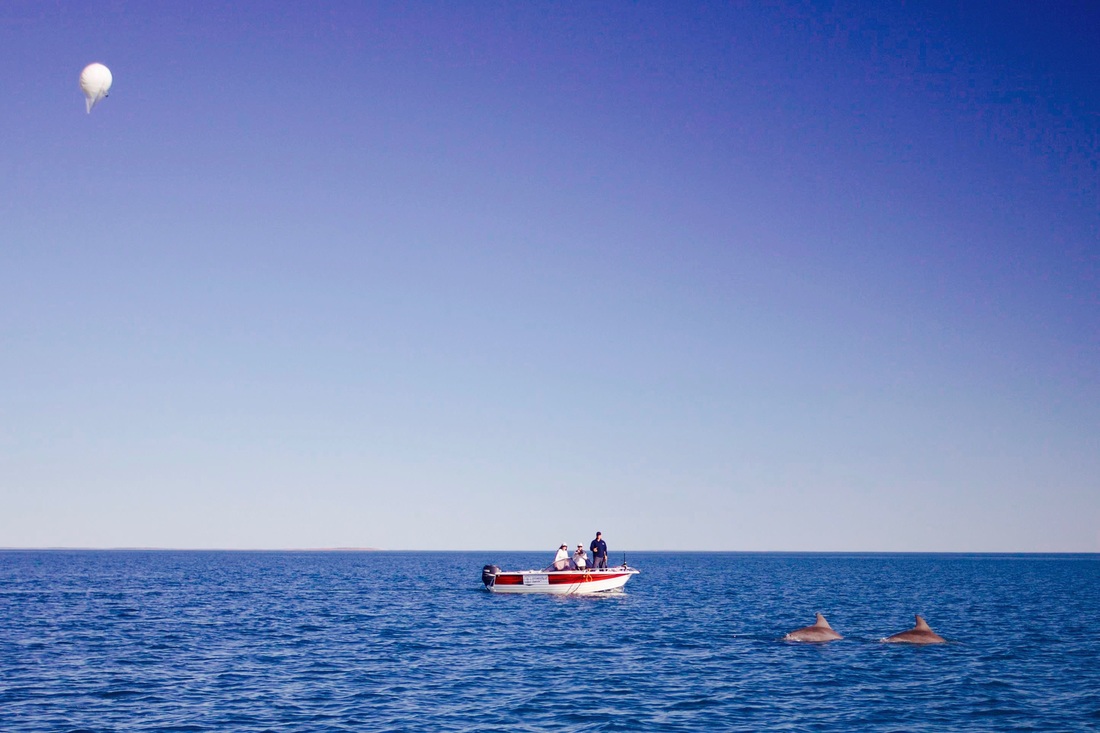
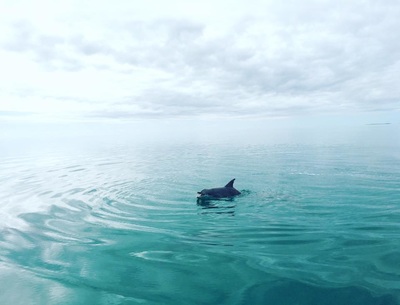
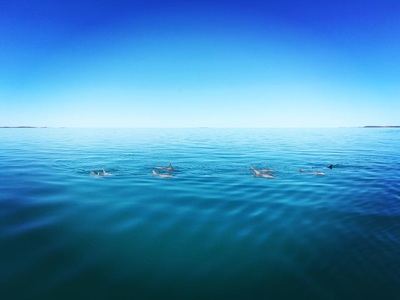
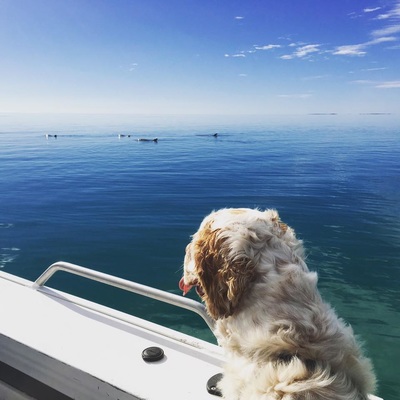
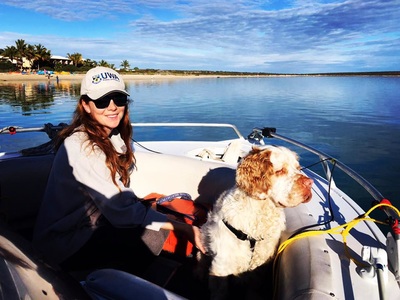
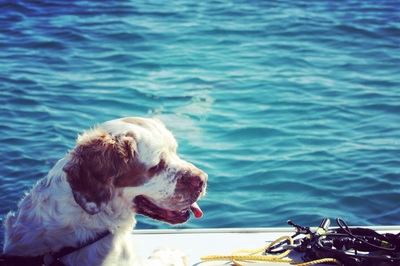
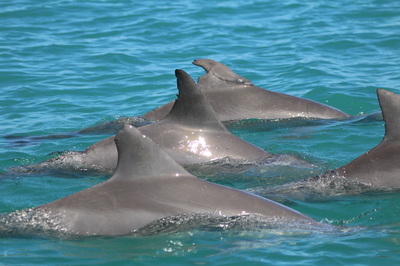
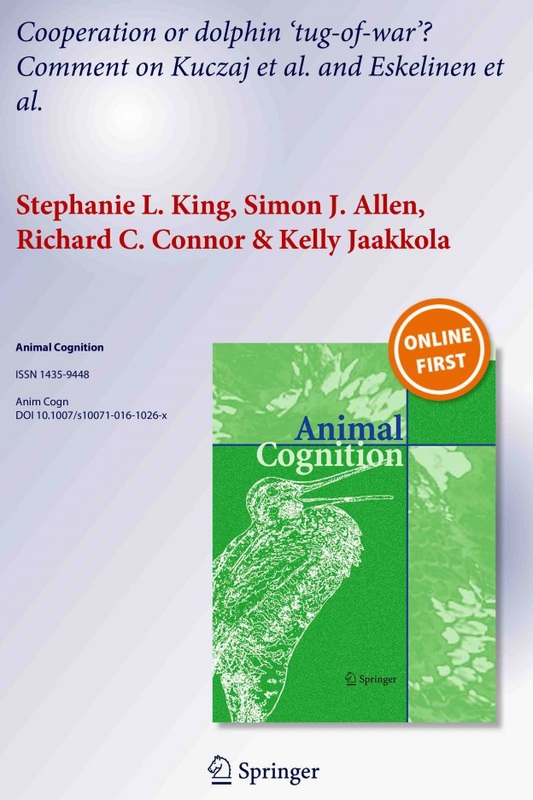
 RSS Feed
RSS Feed